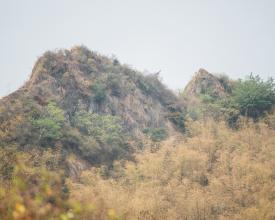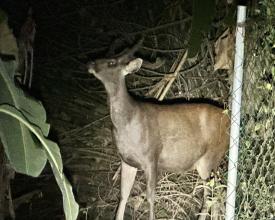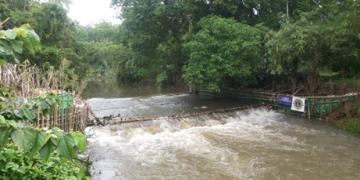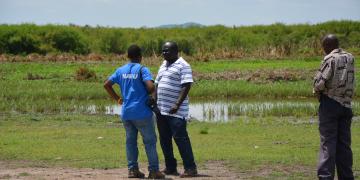
Guarding the Shallow Mountain Ecosystem through Citizen Science Investigation at Matoushan
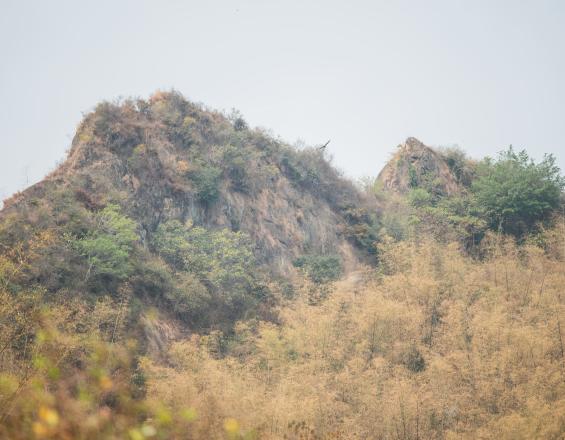
Matoushan, located within the Gutingkeng Formation, was designated as a landfill site due to the low water permeability of its mudstone in 2015. However, the decision was opposed by locals, who formed the Anti-Matoushan Landfill Self-Help Association and staged protests. With the help of professionals, they monitored groundwater and provided scientific evidence during environmental impact assessment meetings. Their efforts effectively demonstrated the potential impacts of the proposed landfill on local water sources, ecosystems, and residents’ health, leading to the suspension of the project in 2018. In 2019, the association became the Kaohsiung City Matoushan Nature and Humanity Association and has since led long-term citizen science surveys aimed at raising environmental awareness and increasing knowledge about diverse ecosystems and relevant issues in Matoushan's shallow mountain area. The surveys included habitat and ecosystem observations, monitoring of wildlife corridors, and roadkill checks along patrolling routes.
Impacts
With the successful halt of the landfill development project, the local residents were able to protect Matoushan's ecosystems and preserve its traditional culture. They formed forest and mountain patrol teams and installed automatic infrared cameras to record the presence of mammals such as Manis pentadactyla pentadactyla, Herpestes urva, Rusa unicolor swinhoii, Cervus nippon taiouanus and Paguma larvata taivana. During ecosystem surveys conducted for the protests, many scholars discovered a large population of Geothelphusa ancylophallus, Taiwan's native Bambusa stenostachya Hackel, and rare plant species such as Biophytum sensitivum, Grewia eriocarpa, Begonia ravenii and Parahemionitis arifolia. This proved the existence of a complete wildlife ecosystem in Matoushan, making it an iconic shallow mountain wildlife corridor in northern Kaohsiung's Moon World. Since 2020, the Kaohsiung City Matoushan Nature and Humanity Association and the Kaohsiung City Neimen District Neinan Community Development Association have been conducting environmental surveys 1-2 times per month. They have also participated in the Ecological Network Project to support national wildlife corridor conservation efforts. It played a crucial role in protecting the local environment and promoting the establishment of a Matoushan geopark and national park.
